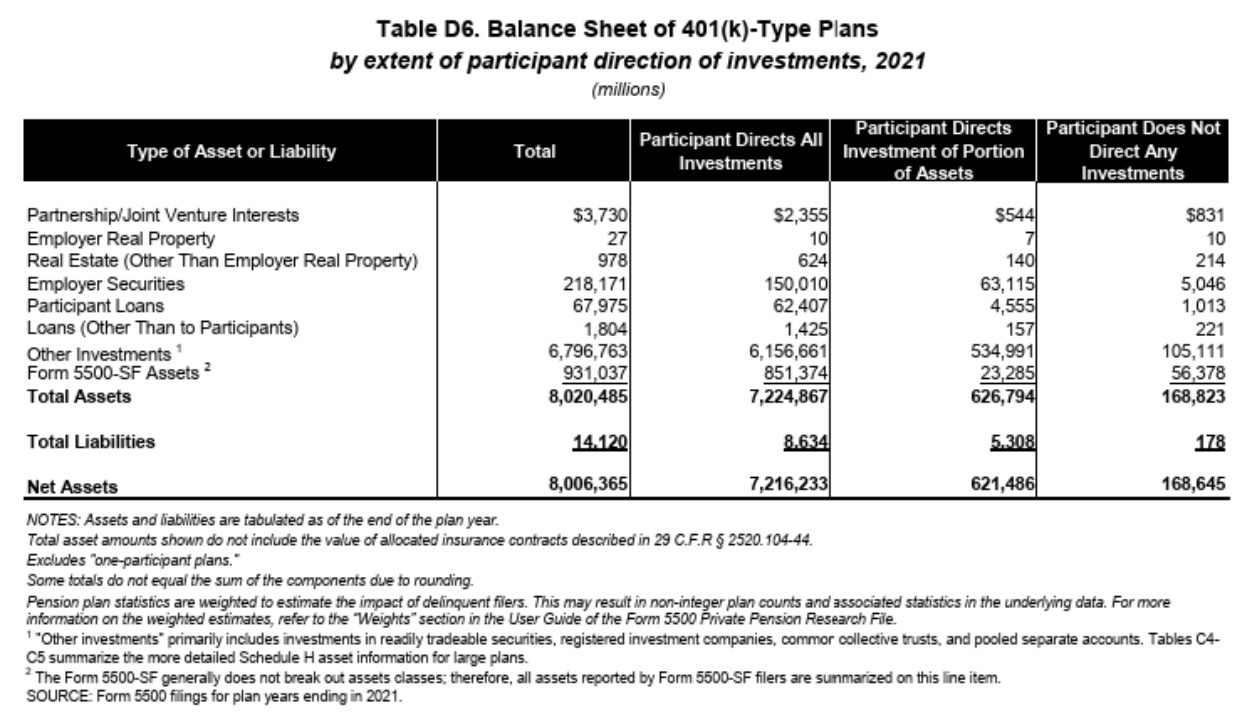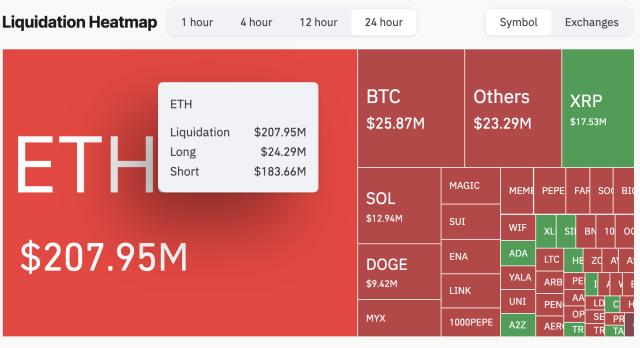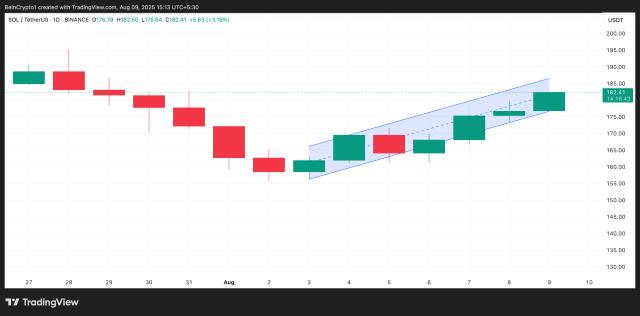Author | SoSoValue
On August 7th, Trump issued an executive order that expanded the investment menu of the United States' largest retirement fund pool—401(k) plan—from the "traditional set meal" to an "alternative buffet", with new options including private equity, real estate, and digital assets (such as Bitcoin, Ethereum, etc.). This is the first time in history that long-term funds totaling 9 trillion dollars and covering 90 million Americans can begin to access the crypto market. Although the "elephant" may take half a year to two years to truly step in, once it starts to move slowly, this stable and persistent buying pressure might become the source of future crypto spot "slow bull" market trends.
What is a 401(k) Retirement Plan: Employer-initiated, Employee Participation, Automatic Deduction, Long-term Savings
401(k) is a long-term retirement savings account opened by American employers for employees, enjoying tax benefits. Employees can save a portion of their wages in this account without paying taxes immediately, and withdraw the money when they retire. Employers prepare an investment list (usually 20-30 funds), and employees decide how much salary to invest (e.g., 6%) and choose funds and allocation ratios. Wages are automatically deducted, and employers typically provide additional matching—for example, matching half of what you invest as a benefit.
401(k) Plan Decision-Making: Employer's Say, Must Act as a "Prudent Custodian"
In 401(k), employers have significant say in determining which funds can be on the list, and employees can only choose from this list. When selecting fund companies or custodians, employers must follow the "prudent person principle"—managing funds as carefully as they would for their own family. If poor choices lead to employee losses, employers may face legal responsibilities.
401(k) Plan Scale: Nearly 9 Trillion Dollars, Over 90 Million Participants
U.S. Department of Labor data shows that total 401(k) assets were about 8 trillion dollars in 2021; the Investment Company Institute's statistics indicate this number reached 8.7 trillion by the first quarter of 2025. The White House also revealed that over 90 million Americans are using this plan.

How Significant is This Change?
•·First in History: Previously, crypto assets were not included in the 401(k) investment list at all; this is the first time the policy has opened the door.
•·Potential Fund Pool: Even if only 2% of 401(k) funds flow into crypto, based on 9 trillion, that's 170 billion dollars of new buying pressure—currently, global crypto spot ETFs and listed reserves total only 260 billion dollars.
•·Market Impact: Such long-term funds entering the market can change the crypto market structure—shifting from primarily short-term trading to more price discovery dependent on long-term funds, forming a steady "slow bull" pattern.
Analyst Perspective: Even if 401(k) only allocates 2% of its spare cash, the crypto market could immediately add 170 billion dollars—almost two-thirds of the existing crypto spot ETF and listed reserve total.
Funds Deployment Requires Three Steps
Don't get too excited; the money won't pour in tomorrow, with an estimated deployment cycle of at least six months to two years:
•·Department of Labor will first issue detailed rules, clarifying how 401(k) can invest in alternative assets, proportion limits, and product disclosures.
•·Service Providers will design fund products compliant with the rules, incorporating crypto assets.
•·Employers will decide whether to add these new funds to the investment menu, and employees will then decide whether to allocate.
Which Crypto Assets Are Most Likely to Be First?
Crypto Spot ETFs are most likely, as they are SEC-regulated, highly compliant, with stable custody and valuation mechanisms, and good liquidity. They may be included in target-date funds (TDF) or balanced funds, possibly with less than 5% allocation, but with significant impact.
Why is This Different from 2020?
In 2020, during Trump's term, the Department of Labor also suggested allowing 401(k) to touch private assets, but as an internal department action with poor private asset liquidity, it was ultimately ineffective. This time is completely different:
•·Presidential Executive Order provides higher authority.
•·Crypto ETFs have good liquidity and high retail acceptance.
•·Policy is coordinated with multiple agencies like the Treasury and SEC, a true top-level design.
Market is Already Reacting
According to SoSoValue data, the MAG7 index token tracking the top seven tokens has risen nearly 5% in the past 24 hours, outperforming Bitcoin by 15.58 percentage points this year—indicating that market imagination has arrived even before the funds.
On August 7th, Trump issued an executive order that expanded the investment menu of the United States' largest retirement fund pool—401(k) plan—from the "traditional set meal" to an "alternative buffet", with new options including private equity, real estate, and digital assets (such as Bitcoin, Ethereum, etc.). This is the first time in history that long-term funds totaling 9 trillion dollars and covering 90 million Americans can begin to access the crypto market. Although the "elephant" may take half a year to two years to truly step in, once it starts to move slowly, this stable and persistent buying pressure might become the source of future crypto spot "slow bull" market trends.
What is a 401(k) Retirement Plan: Employer-initiated, Employee Participation, Automatic Deduction, Long-term Savings
401(k) is a long-term retirement savings account opened by American employers for employees, enjoying tax benefits. Employees can save a portion of their wages in this account without paying taxes immediately, and withdraw the money when they retire. Employers prepare an investment list (usually 20-30 funds), and employees decide how much salary to invest (e.g., 6%) and choose funds and allocation ratios. Wages are automatically deducted, and employers typically provide additional matching—for example, matching half of what you invest as a benefit.
401(k) Plan Decision-Making: Employer's Say, Must Act as a "Prudent Custodian"
In 401(k), employers have significant say in determining which funds can be on the list, and employees can only choose from this list. When selecting fund companies or custodians, employers must follow the "prudent person principle"—managing funds as carefully as they would for their own family. If poor choices lead to employee losses, employers may face legal responsibilities.
401(k) Plan Scale: Nearly 9 Trillion Dollars, Over 90 Million Participants
U.S. Department of Labor data shows that total 401(k) assets were about 8 trillion dollars in 2021; the Investment Company Institute's statistics indicate this number reached 8.7 trillion by the first quarter of 2025. The White House also revealed that over 90 million Americans are using this plan.

How Significant is This Change?
•·First in History: Previously, crypto assets were not included in the 401(k) investment list at all; this is the first time the policy has opened the door.
•·Potential Fund Pool: Even if only 2% of 401(k) funds flow into crypto, based on 9 trillion, that's 170 billion dollars of new buying pressure—currently, global crypto spot ETFs and listed reserves total only 260 billion dollars.
•·Market Impact: Such long-term funds entering the market can change the crypto market structure—shifting from primarily short-term trading to more price discovery dependent on long-term funds, forming a steady "slow bull" pattern.
Analyst Perspective: Even if 401(k) only allocates 2% of its spare cash, the crypto market could immediately add 170 billion dollars—almost two-thirds of the existing crypto spot ETF and listed reserve total.
Funds Deployment Requires Three Steps
Don't get too excited; the money won't pour in tomorrow, with an estimated deployment cycle of at least six months to two years:
•·Department of Labor will first issue detailed rules, clarifying how 401(k) can invest in alternative assets, proportion limits, and product disclosures.
•·Service Providers will design fund products compliant with the rules, incorporating crypto assets.
•·Employers will decide whether to add these new funds to the investment menu, and employees will then decide whether to allocate.
Which Crypto Assets Are Most Likely to Be First?
Crypto Spot ETFs are most likely, as they are SEC-regulated, highly compliant, with stable custody and valuation mechanisms, and good liquidity. They may be included in target-date funds (TDF) or balanced funds, possibly with less than 5% allocation, but with significant impact.
Why is This Different from 2020?
In 2020, during Trump's term, the Department of Labor also suggested allowing 401(k) to touch private assets, but as an internal department action with poor private asset liquidity, it was ultimately ineffective. This time is completely different:
•·Presidential Executive Order provides higher authority.
•·Crypto ETFs have good liquidity and high retail acceptance.
•·Policy is coordinated with multiple agencies like the Treasury and SEC, a true top-level design.
Market is Already Reacting
According to SoSoValue data, the MAG7 index token tracking the top seven tokens has risen nearly 5% in the past 24 hours, outperforming Bitcoin by 15.58 percentage points this year—indicating that market imagination has arrived even before the funds.







